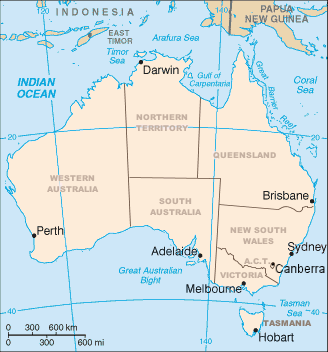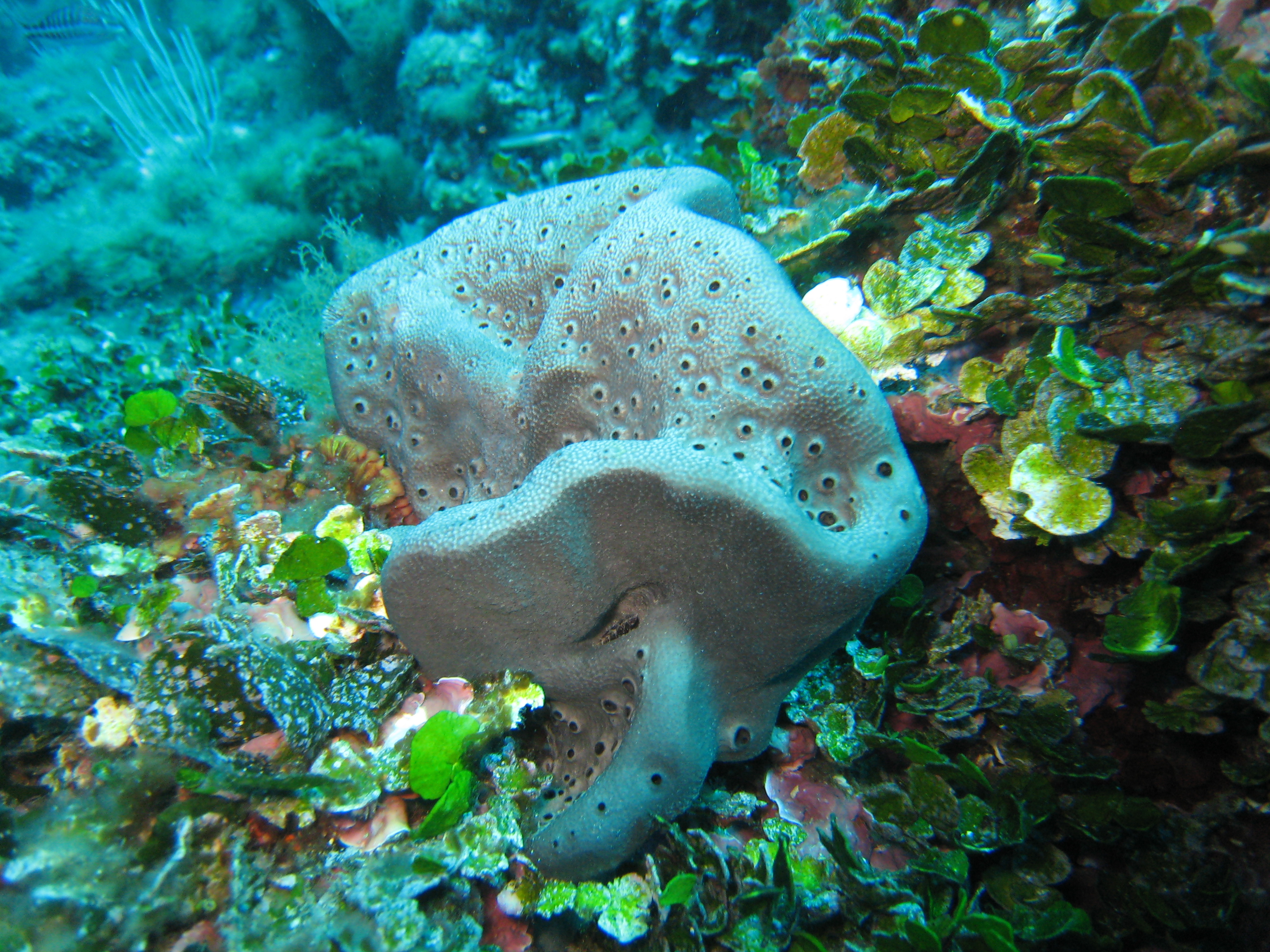|
List Of Marine Animals Of Australia (temperate Waters)
The list of marine animals of Australia (temperate waters) is a list of marine and shore-based species that form a part of the fauna of Australia. This list includes animals which either live entirely marine lives, or which spend critical parts of their lives at sea. The geographical range is south of Perth, Western Australia and the border of New South Wales and Queensland, including the whole of the coasts of South Australia and Tasmania and their offshore islands. Tropical species which are also found in this range may also be listed here. The listed organisms are generally identifiable to the naked eye. Many microscopic animals also inhabit this region. Ranges are generally given relating to Australian waters. If listed as endemic, they have been found only in the listed range. Others may have much greater ranges. Phylum Porifera * '' Ancorina geodides'' (Carter, 1886) Grey ball sponge (Victoria and around Tasmania) * '' Aplysilla rosea'' (Barrois, 1876), Encrusting rose ... [...More Info...] [...Related Items...] OR: [Wikipedia] [Google] [Baidu] |
Map Of Australia
A map is a symbolic depiction emphasizing relationships between elements of some space, such as Physical body, objects, regions, or themes. Many maps are static, fixed to paper or some other durable medium, while others are dynamic or interactive. Although most commonly used to depict geography, maps may represent any space, real or fictional, without regard to Context (language use), context or Scale (map), scale, such as in brain mapping, DNA mapping, or computer network topology mapping. The space being mapped may be two dimensional, such as the surface of the earth, three dimensional, such as the interior of the earth, or even more abstract spaces of any dimension, such as arise in modeling phenomena having many independent variables. Although the earliest maps known are of the heavens, geographic maps of territory have a very long tradition and exist from ancient times. The word "map" comes from the , wherein ''mappa'' meant 'napkin' or 'cloth' and ''mundi'' 'the world'. ... [...More Info...] [...Related Items...] OR: [Wikipedia] [Google] [Baidu] |
Darwinella (sponge)
''Darwinella'' is a genus of sponges belonging to the family Darwinellidae. The species of this genus are found mostly in Southern Hemisphere. Species: *'' Darwinella australiensis'' *'' Darwinella corneostellata'' *'' Darwinella dalmatica'' *'' Darwinella duplex'' *'' Darwinella gardineri'' *'' Darwinella intermedia'' *'' Darwinella muelleri'' *'' Darwinella notabilis'' *'' Darwinella oxeata'' *'' Darwinella pronzatoi'' *'' Darwinella rosacea'' *'' Darwinella simplex'' *'' Darwinella tango'' *'' Darwinella viscosa'' *'' Darwinella warreni'' References {{Taxonbar, from=Q4118390 Darwinellidae ... [...More Info...] [...Related Items...] OR: [Wikipedia] [Google] [Baidu] |
Sycon
''Sycon'' is a genus of calcareous sponges The calcareous sponges of class Calcarea are members of the animal phylum Porifera, the cellular sponges. They are characterized by spicules made of calcium carbonate in the form of calcite or aragonite. While the spicules in most species ha ... belonging to the family Sycettidae. These sponges are small, growing up to 7.5 cm and having length from 2.5 to7.5, and are tube-shaped and often white to cream in colour. They are known to aquarium hobbyists as "Pineapple" or "Q-Tip" sponges, and are frequent "hitchhikers" accidentally brought in. Species The following species are recognised in the genus ''Sycon'': *'' Sycon abyssale'' Borojevic & raat-Kleeton, 1965 *'' Sycon acanthoxea'' (Little, 1963) *'' Sycon album'' Tanita, 1942 *'' Sycon ampulla'' (Haeckel, 1870) *'' Sycon antarcticum'' (Jenkin, 1908) *'' Sycon arcticum'' (Haeckel, 1870) *'' Sycon australe'' (Jenkin, 1908) *'' Sycon avus'' Chagas & Cavalcanti, 2017 *'' Sycon b ... [...More Info...] [...Related Items...] OR: [Wikipedia] [Google] [Baidu] |
Strongylacidon
''Strongylacidon'' is a genus of sponges belonging to the family Chondropsidae Chondropsidae is a family of sponges belonging to the order Poecilosclerida Poecilosclerida is an order of the demosponge class. It is the most speciose demosponge order with over 2200 species (World Porifera Database). It contains about 25 re .... The species of this genus are found in Southern Hemisphere. Species Species: *'' Strongylacidon bermuda'' *'' Strongylacidon chelospinatum'' References {{Taxonbar, from=Q4116760 Sponges ... [...More Info...] [...Related Items...] OR: [Wikipedia] [Google] [Baidu] |
Spongia
''Spongia'' is a genus of marine sponges in the family Spongiidae, originally described by Carl Linnaeus in 1759, containing more than 60 species. Some species, including '' Spongia officinalis'', are used as cleaning tools, but have mostly been replaced in that use by synthetic or plant material. Classification The following species are recognised in the genus ''Spongia'': ;Subgenus unassigned: * '' Spongia alpheushyatti'' Van Soest & Hooper, 2020 * '' Spongia alpheusi'' Van Soest & Hooper, 2020 * '' Spongia hyatti'' Van Soest & Hooper, 2020 * '' Spongia jeanbaptistei'' Van Soest & Hooper, 2020 * '' Spongia lacinulosa'' Lamarck, 1814 * '' Spongia lamarcki'' Van Soest & Hooper, 2020 * †'' Spongia mantelli'' Van Soest & Hooper, 2020 * '' Spongia muricata'' sensu Linnaeus, 1759 * '' Spongia solidahyatti'' Van Soest & Hooper, 2020 * '' Spongia stellifera'' Lamarck, 1814 ;Subgenus ''Australospongia'' Cook & Bergquist, 2001 * '' Spongia gracilis'' Cook & Bergquist, 2001 ;Subgenus ... [...More Info...] [...Related Items...] OR: [Wikipedia] [Google] [Baidu] |
Rhizaxinella
''Rhizaxinella'' is a genus of sponges belonging to the family Suberitidae. The genus has almost cosmopolitan distribution In biogeography, cosmopolitan distribution is the term for the range of a taxon that extends across all or most of the world in appropriate habitats. Such a taxon, usually a species, is said to exhibit cosmopolitanism or cosmopolitism. The extr .... Species: *'' Rhizaxinella arborescens'' *'' Rhizaxinella australiensis'' *'' Rhizaxinella biseta'' References {{Taxonbar, from=Q4116693 Suberitidae Sponge genera ... [...More Info...] [...Related Items...] OR: [Wikipedia] [Google] [Baidu] |
Polymastia (sponge)
''Polymastia'' is a genus of sea sponges containing about 30 species. These are small to large encrusting or dome-shaped sponges with a smooth surface having many teat-shaped projections (papillae). In areas of strong wave action, this genus Genus ( plural genera ) is a taxonomic rank used in the biological classification of living and fossil organisms as well as viruses. In the hierarchy of biological classification, genus comes above species and below family. In binomial nom ... does not grow the teat structures, but instead grows in a corrugated form.Branch, G.M., Branch, M.L, Griffiths, C.L. and Beckley, L.E. 2010. ''Two Oceans: a guide to the marine life of southern Africa'' Species The following species are recognised: References North East Atlantic Taxa* Sponge genera Taxa named by James Scott Bowerbank {{demosponge-stub ... [...More Info...] [...Related Items...] OR: [Wikipedia] [Google] [Baidu] |
Mycale (Arenochalina) Mirabilis
Mycale (). also Mykale and Mykali ( grc, Μυκάλη, ''Mykálē''), called Samsun Dağı and Dilek Dağı (Dilek Peninsula) in modern Turkey, is a mountain on the west coast of central Anatolia in Turkey, north of the mouth of the Maeander and divided from the Greek island of Samos by the 1.6 km wide Mycale Strait. The mountain forms a ridge, terminating in what was known anciently as the Trogilium promontory (Ancient Greek Τρωγίλιον or Τρωγύλιον). There are several beaches on the north shore ranging from sand to pebbles. The south flank is mainly escarpment. In classical Greece nearly the entire ridge was a promontory enclosed by the Aegean Sea. Geopolitically it was part of Ionia with Priene placed on the coast on the south flank of the mountain and Miletus on the coast opposite to the south across the deep embayment into which the Maeander River drained. Somewhat further north was Ephesus. The ruins of the first two Ionian cities mentioned with ... [...More Info...] [...Related Items...] OR: [Wikipedia] [Google] [Baidu] |
Iophon
Iophon ( grc-gre, Ἰοφῶν, fl. 428 BC – 405 BC) was a Greek tragic poet and son of Sophocles. Iophon gained the second prize in tragic competition in 428 BC, Euripides being first, and Ion third. He must have been alive in 405 BC, the date of the production of ''The Frogs'' of Aristophanes, in which he is spoken of as the only good Athenian tragic poet, although it is hinted that he owed much to his fathers' assistance. He wrote fifty plays, of which only a few fragments and the following eight titles remain: ''Achilles'', ''Actaeon'', ''Aulodoi'' ("The Flute-Singers"), ''Bacchae'', ''Dexamenus'', ''Iliou Persis'' ("The Sacking of Troy"), ''Pentheus,'' and ''Telephus''. It is said that Iophon accused his father before the court of the ''phratores'' of being incapable of managing his affairs, so that he might gain the guardianship of his father's fortune. Sophocles replied to this charge by reading the chorus of the ''Oedipus at Colonus'' (688 ff.), which he was curren ... [...More Info...] [...Related Items...] OR: [Wikipedia] [Google] [Baidu] |
Holopsamma Laminaefavosa
''Holopsamma'' is a genus of sponges belonging to the family Microcionidae. The species of this genus are found in Australia and Central America. Species: *''Holopsamma arborea'' *''Holopsamma crassa'' *''Holopsamma elegans'' *''Holopsamma favus ''Holopsamma'' is a genus of sponges belonging to the family Microcionidae. The species of this genus are found in Australia and Central America. Species: *''Holopsamma arborea'' *''Holopsamma crassa'' *''Holopsamma elegans ''Holopsamma'' ...'' *'' Holopsamma laminaefavosa'' *'' Holopsamma macropora'' *'' Holopsamma pluritoxa'' *'' Holopsamma ramosa'' *'' Holopsamma rotunda'' *'' Holopsamma simplex'' References {{Taxonbar, from=Q5500975 Poecilosclerida Sponge genera ... [...More Info...] [...Related Items...] OR: [Wikipedia] [Google] [Baidu] |


